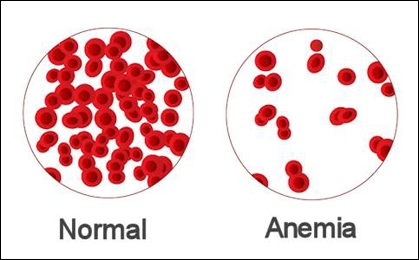Arthritis - Causes, symptoms & diagnosis

Arthritis is the swelling and tenderness of one or more joints, the main symptoms of arthritis are joint pain and stiffness, which typically worsen with age. Types of arthritis: The most common types of arthritis are osteoarthritis and rheumatoid arthritis . Osteoarthritis causes cartilage - the hard, slippery tissue that covers the edges of bones where joints are formed to break down. Rheumatoid arthritis is a condition where joints, beginning with the lining of joints are affected due to the immune system. Uric acid crystals are formed when there's too much uric acid in the blood, which can cause gout. Infections or underlying disease, such as psoriasis or lupus, can cause other types of arthritis in the patients. Causes - In both osteoarthritis and rheumatoid arthritis damage of joints are found in different ways. Osteoarthritis The most common type of arthritis, osteoarthritis mainly involves wear-and-tear damage to a person's joint's ca...









